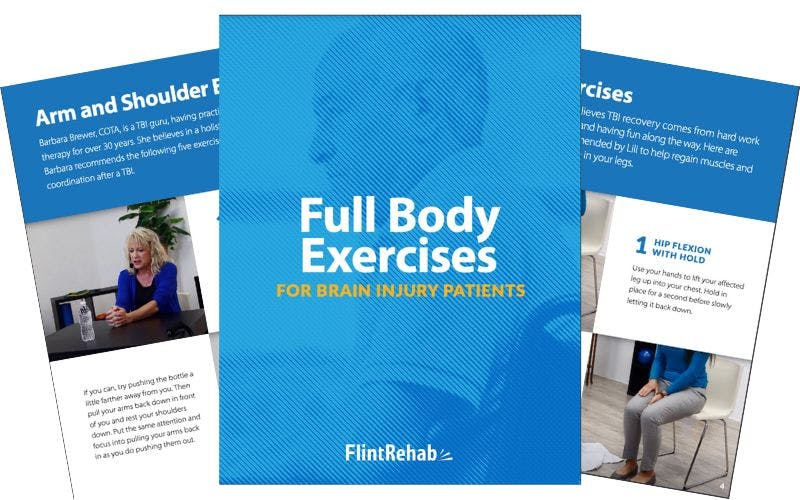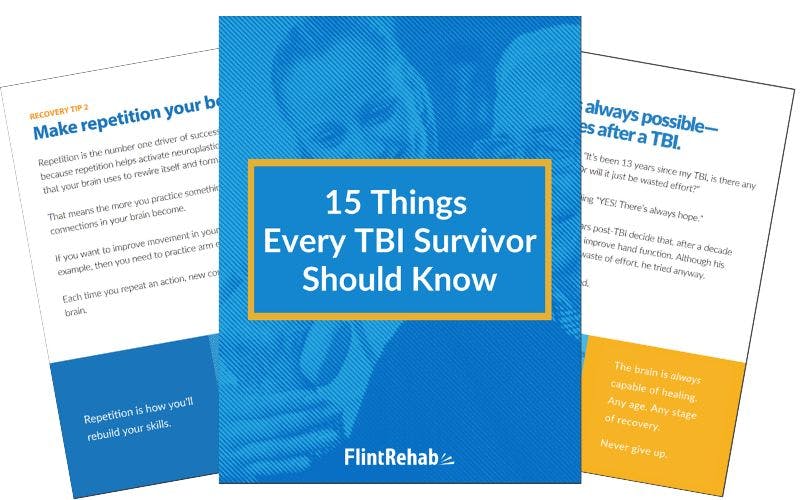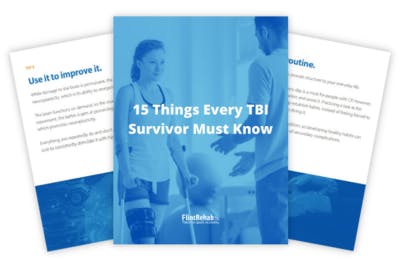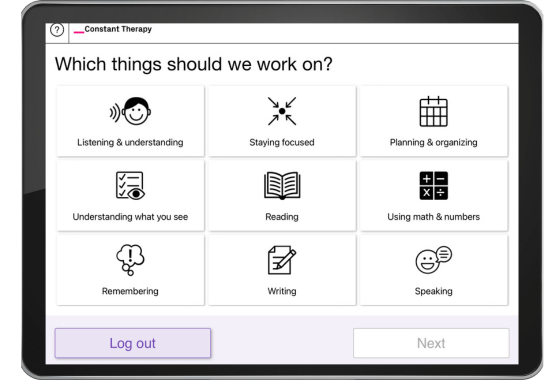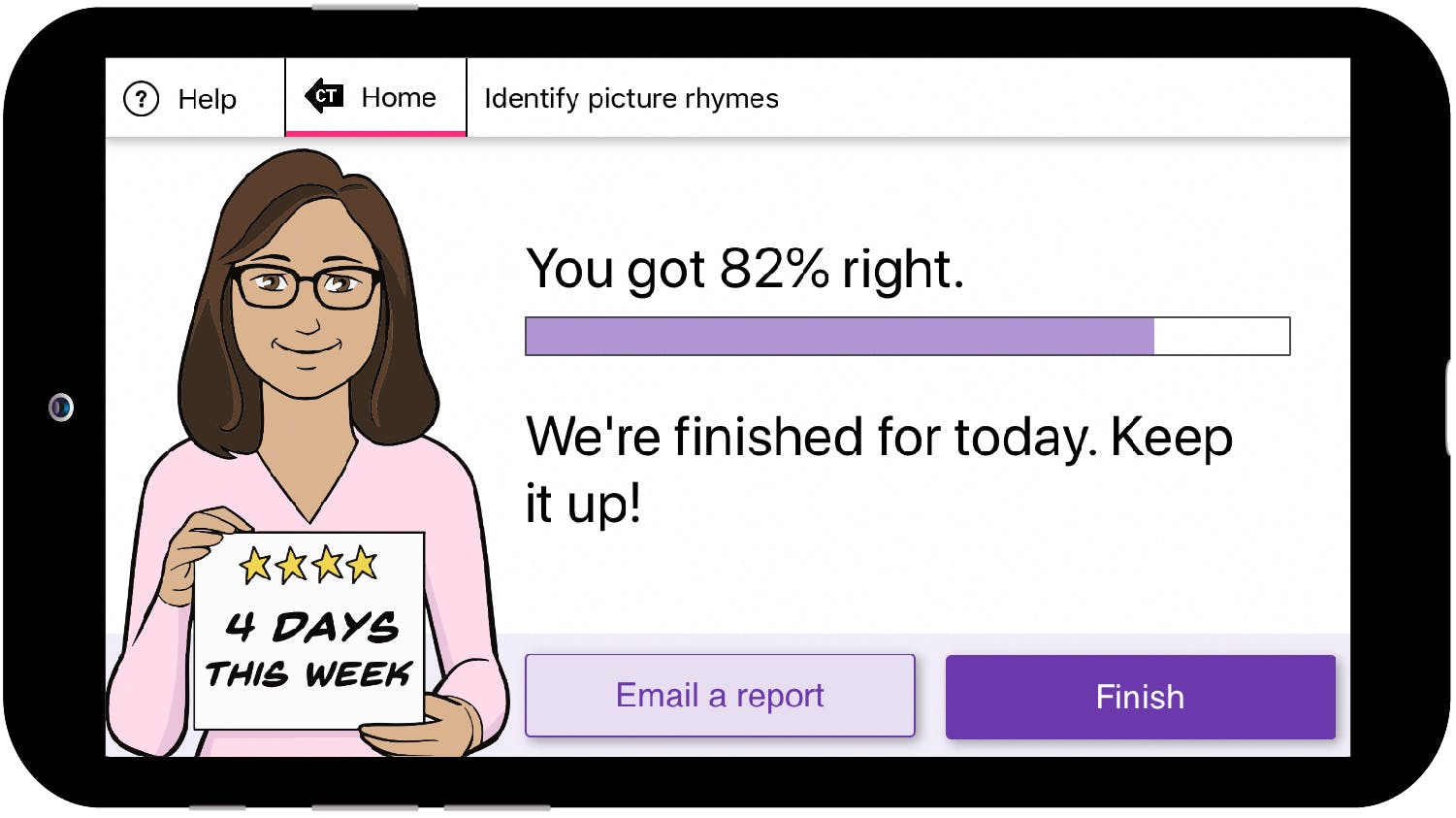Supporters of craniosacral therapy (CST) claim that it has the potential to relieve many secondary effects of traumatic brain injury. But does it work?
CST is a controversial alternative to traditional medicine with its fair share of supporters and critics. To help you determine if it’s worth trying, this article will examine arguments both for and against it.
What is Craniosacral Therapy for Traumatic Brain Injury?
Craniosacral therapy involves applying light pressure on the skull, neck, and spine to “release restrictions in the craniosacral system to improve the functioning of the central nervous system.” It’s a gentle, non-invasive therapy, and the pressure applied does not exceed five grams, which is roughly the weight of a nickel.
Craniosacral therapy was invented in the 1970s by John Upledger, a doctor of osteopathy. It has since been used to treat a variety of conditions, including TBI.
The craniosacral system (CSS) consists of meninges, bones, and cerebrospinal fluid that surround and protect the brain and spinal cord. It’s suggested that restricted flow of cerebrospinal can affect central nervous system functions such as transmitting motor and sensory signals or controlling the autonomic nervous system.
Ultimately, the goal of craniosacral therapy is to remove restrictions from the CSS and optimize the flow of cerebrospinal fluid.
Now that you understand how craniosacral therapy works, let’s discuss the secondary effects of TBI it may help treat.
What Conditions Does Craniosacral Therapy Provide Relief For?
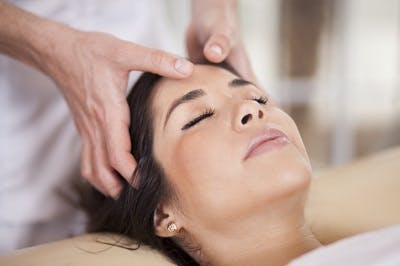
According to Upledger, craniosacral therapy may improve the functioning of a variety of body systems. In addition to the central nervous system, CST may promote performance of the digestive, musculoskeletal, respiratory, and circulatory systems.
Specifically for individuals with TBIs, craniosacral therapy is suggested to help reduce:
- Pain
- Disrupted sleep
- Anxiety
- Fatigue
- Cognitive functions (memory, learning, reading, decision-making, reaction timing)
But how effective is it? In the following section, we’ll explore what clinical evidence tells us about craniosacral therapy for traumatic brain injury.
Evidence for Craniosacral Therapy for Traumatic Brain Injury
As with most complementary and alternative therapies, scientific evidence supporting its effectiveness can be difficult to consistently reproduce.
While scientific studies either for or against craniosacral therapy are sparse, research conducted on a group of ex-NFL players with severe post-concussive symptoms showed some promise.
After ten two-hour CST sessions, the participants all experienced significant improvements in their sleep, memory, range-of-motion, and cognition.
However, it should be noted that the participants were also receiving other types of therapy (including visceral manipulation and neural manipulation) during the study. Therefore, the benefits cannot be solely attributed to CST.
In the following section, we’ll discuss arguments against craniosacral therapy.
Arguments Against Craniosacral Therapy for Traumatic Brain Injury
Critics of craniosacral therapy have many concerns about the practice. One is the lack of positive evidence for the therapy.
The main objection to craniosacral therapy, however, is that its foundational assumption is false: a person cannot manipulate the bones of the skull enough to affect the circulation of cerebrospinal fluid.
Additionally, neuroscientists have discovered that cerebrospinal fluid is primarily regulated by respiration. Therefore, it’s more likely that the breathing techniques used during a craniosacral therapy session are responsible for the increased circulation of cerebrospinal fluid.
While craniosacral therapy may provide some benefits, they’re ultimately so subtle that they cannot be directly measured and consistently reproduced, resulting in insufficient evidence.
Is Craniosacral Therapy for TBI Worth Trying?
Because there is not yet a solid, scientific basis for the mechanics of craniosacral therapy, most doctors refrain from recommending it. Likewise, most insurances do not cover craniosacral therapy and it will need to be paid for out-of-pocket.
Still, some people claim to experience therapeutic benefits from CST. While it can’t replace traditional treatment, it may work as a complementary therapy. As long as you do not use CST to diagnose any issues you have, there is no harm in trying it. The therapy is extremely gentle, so the risk of adverse side effects is minimal.
We hope this article helped you better understand what craniosacral therapy is and how it may help individuals with traumatic brain injuries.


